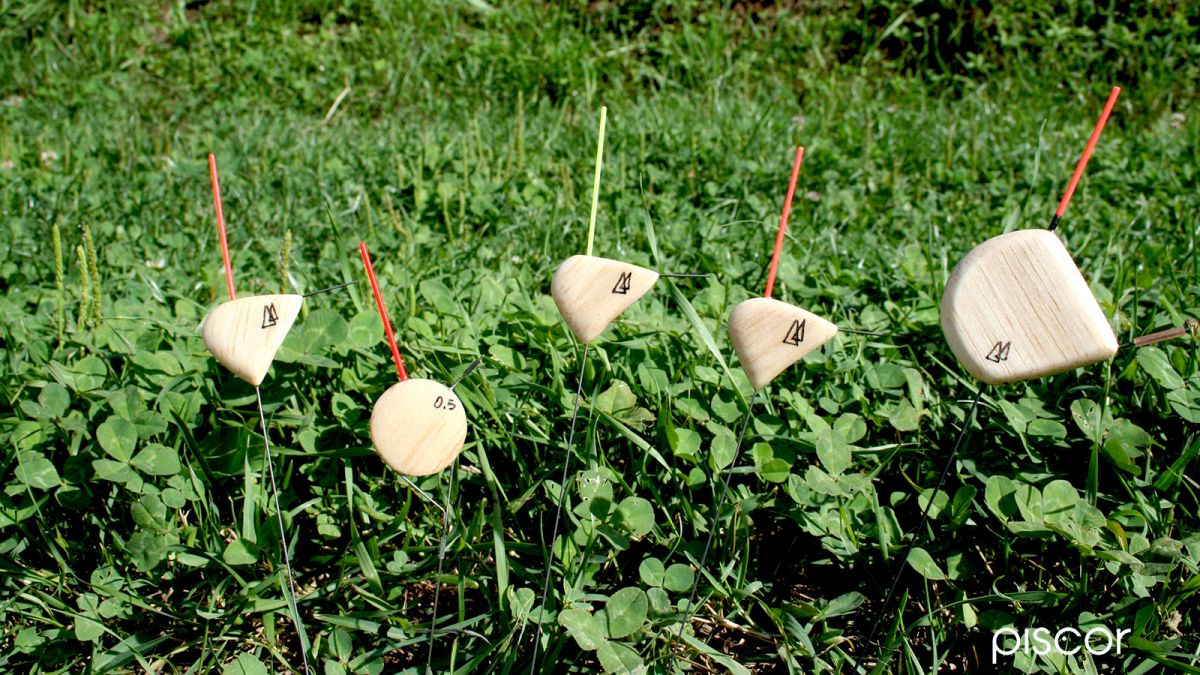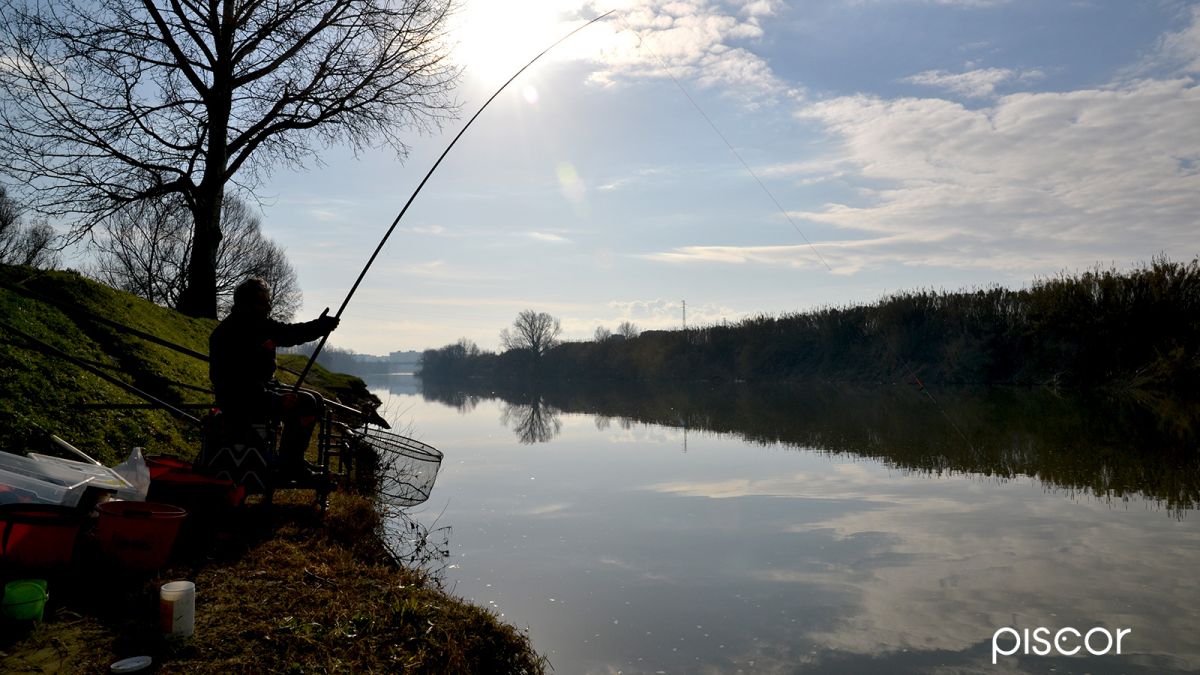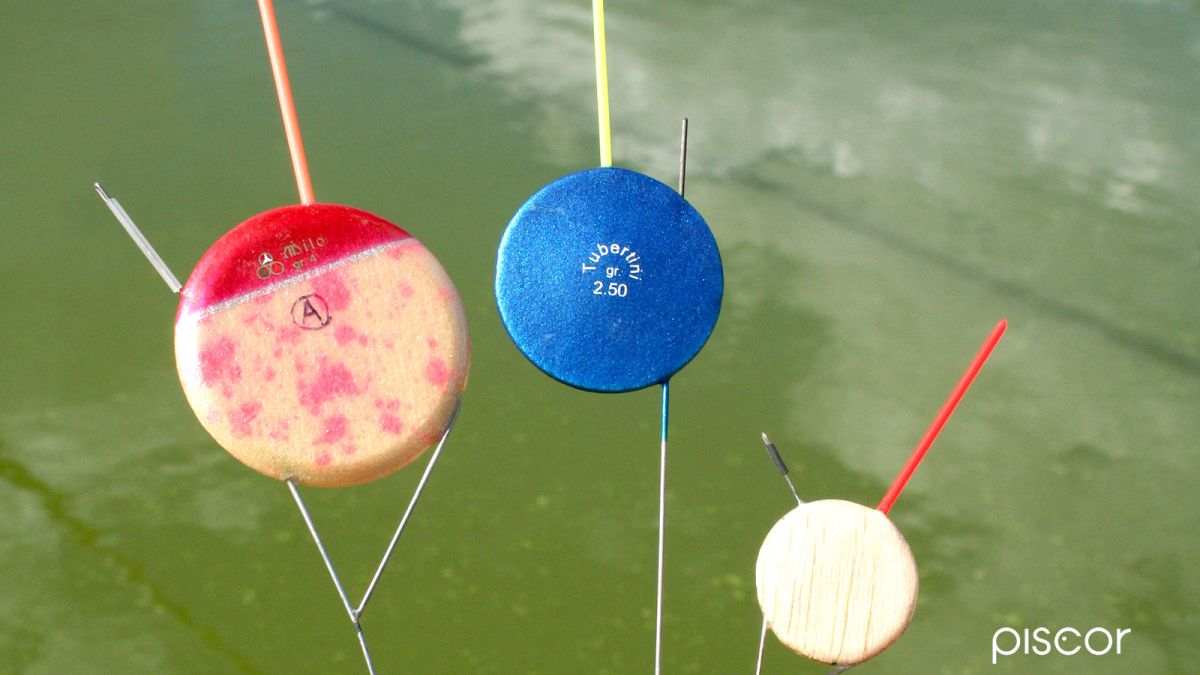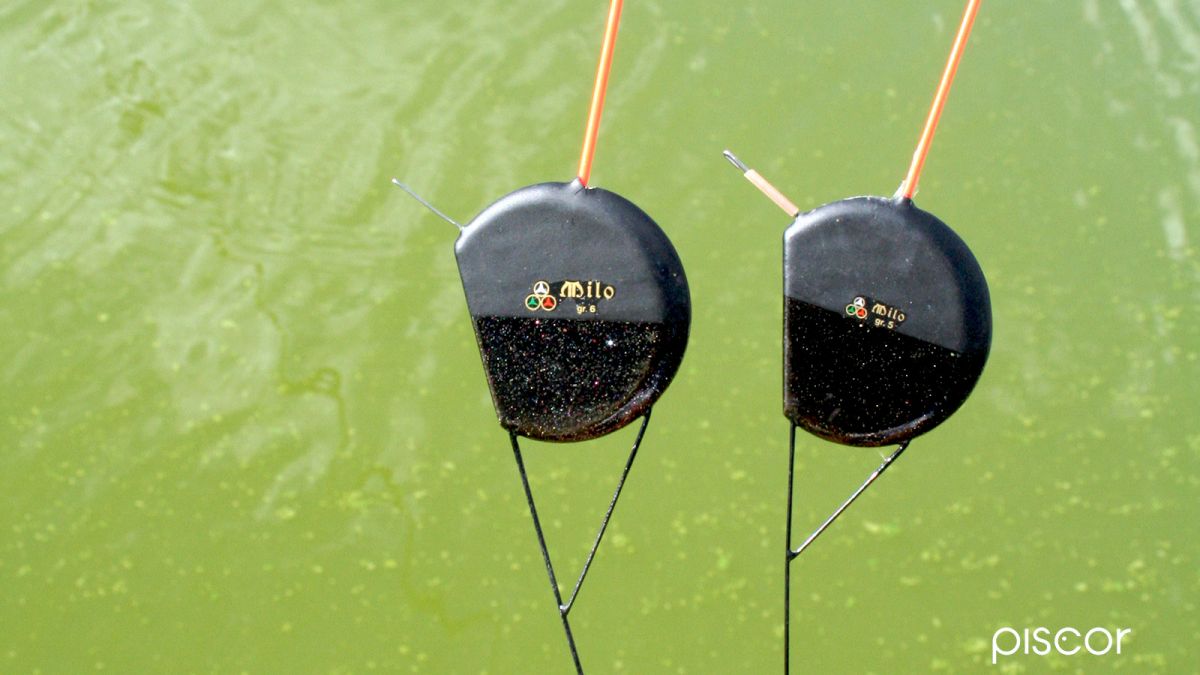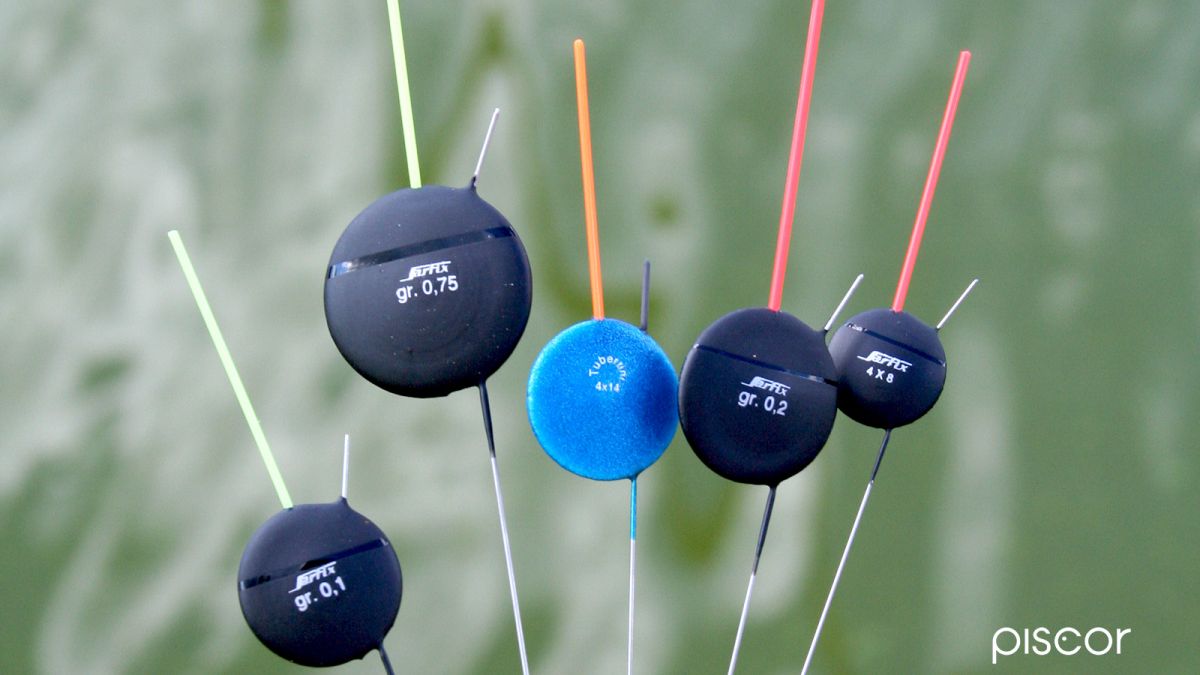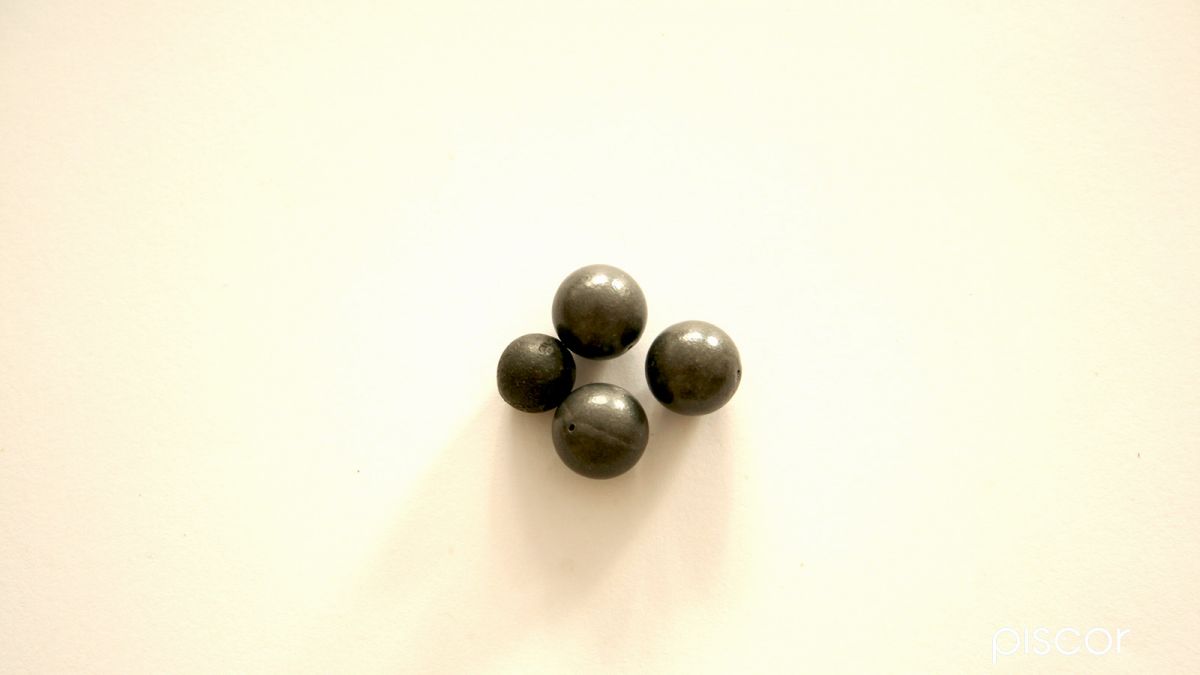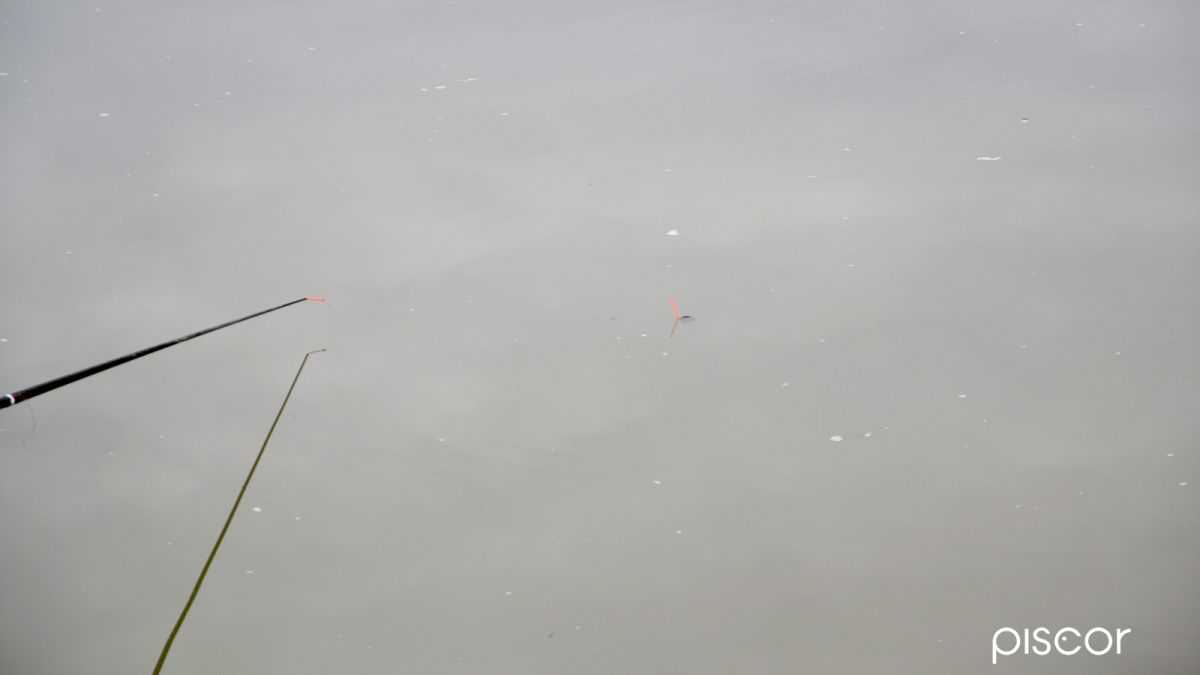With spring and its rains, the level and flow of the rivers increase. Better to deal with these waters with the help of flat floats that ensure stability and tightness.
For several years now, fishing with flat floats has been a classic of fishing in times and places where the strength of the current, perhaps combined with the considerable depth prevents you from fishing with the classic floats.
The spread of this particular class of beacons has allowed the constant frequency of many waters once avoided by fishermen for the enormous difficulties to be faced.
A classic float, when the current is really strong, is really difficult to manage. The round shape of the body offers a strong grip on the water and, consequently, its dragging downstream and the retention, often, you can not do completely because of the strong pressure to which the body is subjected.
If the depth is considerable, perhaps more than four meters, even with a float of large capacity (10-15 grams) you can have the entry into fishing well downstream of the fisherman, so that the useful space of the pass can be reduced to a few meters.
By fishing with the bolo rod, this problem can be solved by lengthening the pass, but it is not always possible to slide the float very downstream, perhaps because of the presence of other fishermen in the vicinity that it is not right that they should be disturbed in their action by the passage of our line.
Then there is a technical problem of no small importance, namely that many species of bottom fish stop exactly on the pasture thrown into the water or, at most, are no more than a couple of meters downstream of this position. This forces the fisherman to ensure that the bait is as much as possible within the area of action of the pasture, avoiding to trespass in others where the probability of seeing a food is very far away or almost nothing.
There are several ways to move the line slowly into the "good" area or even to keep it still. One is to mount a classic float with a capacity such as to overcome the force of the current by placing all or almost all the lead on the bottom.
For example, if it pulls an ideal current for a float with a capacity of 10 grams, but that does not stand still on the pasture, you can double the weight and you can be almost sure that the float will move slowly or you can keep it in position by holding, but here comes into play another fact.
The fish, in fact, is not that much friend of the lead and if it perceives the great inertia of a line anchored to the bottom by a bale of exaggerated size, certainly will not fall into the trap.
However, if we really want our line to work properly there is only one solution and that is the use of the flat float. Only in this way will we allow the line to do what we want and not what the current wants.
The idea of the flat float is not very recent and appeared perhaps more than thirty years ago, when fishing was almost exclusively with the fixed rod and the bolo rod. It was a float that was nothing more than a rectangular triangle in balsa wood with a short metal drift and an antenna placed at the top parallel to the hypotenuse.
The principle had been guessed, but the problem was that, having a long stretch of line between the tip and the float, the holding was extremely difficult and the line went away a bit 'on its own, wiping out its most important prerogative. For this reason, it was soon abandoned, until the era of the roubaisienne arrived, which almost overwhelmed everything and everyone imposing itself as the technique par excellence, leaving the crumbs to others.
Obviously, the fishing industry has thrown itself headlong into this sector and, after the first models of flat float, mostly disc, many more were born with innovative technical solutions, either to improve stability in fishing, or to eliminate the vibrations due to the "flagging" caused by the current, but also to make the float sensitive.
In recent years, the diversification of models, with considerable specialisation depending on the type of fishing you intend to do, has been remarkable, to the point of moving towards the creation of the so-called "plates", a particular type of flat float that we will talk about on another occasion because it has even more specific characteristics of the classic "plates".
The classic shape
The classic shape of the flat float is a disc, a simple circle made from synthetic material, or balsa wood. To this disc must be applied the accessories that serve to make it a real float, then, must be applied to the antenna, the lower drift and the upper system of application of the wire, ie what in the classic floats is nothing more than the ring.
Looking at a flat float, we can not help but notice that, unlike a classic model, antenna and lower drift are not on the same axis. This is due to the fact that this model, although it has a thin profile and, therefore, escaping for the most part from the force of the current, still receives a considerable thrust from it that, combined with the strong restraint to which it is subjected, cause a rotation that leads the body of the float to tilt strongly towards the direction of arrival of the current.
If the antenna were coaxial to the drift, with the float in fishing, it would be inclined excessively in comparison to the surface of the water resulting scarcely visible.
An ingenious trick
The flat float, being subjected to strong traction during the holding, tends to rise and the body can protrude from the surface of the water becoming completely impossible to see the fish bites.
This serious drawback has been solved very brilliantly by the float manufacturers by raising the wire locking point above the upper edge of the disc body, but it is not enough to overcome the problem if the fisherman does not intervene too, as he has to plunge the float with a quantity of ballast slightly higher than the actual capacity.
In practice, the float must be plunged in such a way that, when it is not held, it hardly tends to sink. The combination of these two strategies allows to perfectly balance the float and not to have any problem during the fishing action.
The new models
After the disc models, others were born from them. The main device that was adopted was to cut the front of the disc according to the conjunction between the base of the antenna and the base of the drift, obtaining a sort of "bow", like that of a ship, which cuts the water.
In this way one of the biggest problems of these floats has been solved: the vibrations due to the "flagging" that occurs when the current is very fast. And it is precisely for this type of water that these models were born.
Even very small
The use of this float is not reserved only for strong currents and large lead capacities. Fishermen soon realised that the principle of a float that does not feel the current could also be applied to slow waters where the line has to stay still.
The result is very small models with an almost negligible flow rate, starting from 0.10 g, which are very useful on many occasions such as, for example, in canals with medium to slow current, or in rivers with shallow water and sensitive current, but not exaggerated.
The technical principles of these mini-disks are exactly the same as those of the large capacity models, but the type of line to be applied changes considerably.
Only with the roubaisienne
This type of float, which needs a constant work of restraint and control can be used properly only with the roubaisienne rod.
The short distance (between 50 cm and 1 m) between the tip and the float means that it is constantly downstream of the tip itself under extreme control. In the case of strong currents, the tip must be immersed for a few centimetres in water.
The right depth to keep it depends on the strength of the current and the tendency of the body of the float to come out of the water. The stronger the current, the more you have to immerse the tip, even if, usually, you do not go beyond thirty centimeters.
The line for strong currents
A float that must stay as still as possible or, in any case, move slowly under the thrust of the current must be calibrated with a very concentrated and simple plumbing.
To be as effective as possible, the more tight the wire between the float and the first lead, the better. For this reason, the almost complete calibration of the float must be done with a buckle, completing it with three or four pellets underneath until a slight "over-delivery".
Under the last pellet is tied the terminal, which should not usually exceed 30-35 cm. The final and part of the shot plumbing must be resting on the bottom during the fishing action.
Why the ball lead?
After the discovery of this technique, there has been much discussion among fishermen as to whether the best lead for the realization of the line is the old torpille or olivette that you say, the block of pellets or the sphere of lead or ball lead.
Let's say immediately that in a moderately running water the difference between the three solutions is minimal, even if the line with the block of pellets feels more the thrust of the current and, consequently, tends to move. In running water, the torpille also suffers the current and does not behave perfectly.
With the buckle, on which the current has a poor socket, in any case you have the ideal fishing conditions, provided that you have chosen the right weight in relation to the current.
The line for small floats
In a slowly moving water, mounting small flat floats below the gram, the use of buckshot, torpille or other concentrations of lead is completely to be discarded.
When mounting a flat float in these conditions, it means that fishing is difficult, therefore, the plumbing should be split as much as possible.
The best solution, in these cases, is to make a crown of shot with a decreasing distance from the bottom to the top.
Sealing can be carried out with equal shot sizes with the lowest flow rates (0.1-0.5 g), or by increasing the lead by one measure every two shot sizes, always going downwards.
The fishing action
With flat floats you can act in complete restraint and steady line, or by making the float make a slow progression under careful control by the top of the rod.
Another interesting way to fish is to alternate short stops to fishing line with short progressions. In this way it is possible to explore the entire pastured area by identifying the points where the fish has gathered more numerous.
If you have to operate with a roubaisienne rod, the fishing action can also be a bit tiring since you must never lose control of the line and therefore you need some training.

